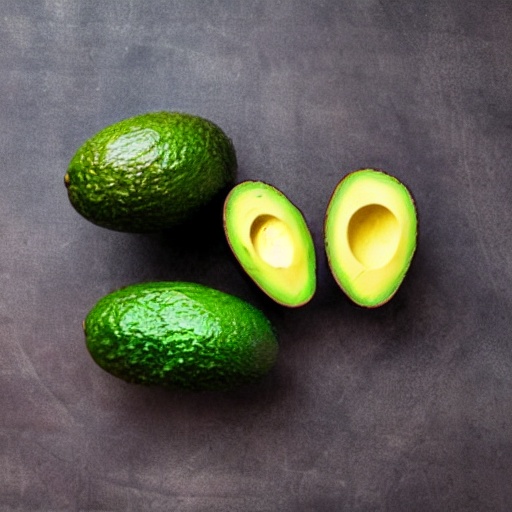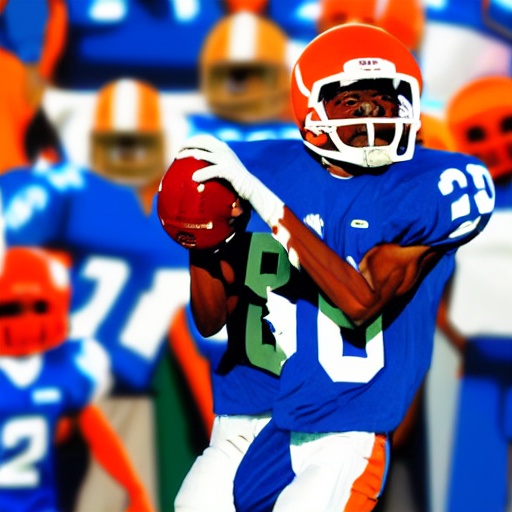
What are the key legal implications of AI-generated art?
The key legal implications of AI-generated art are centered around copyright law. The ruling mentioned in the article emphasizes the requirement of human authorship for copyright protection. This means that artworks created solely by AI are not eligible for copyright protection. This raises questions about the ownership and control of AI-generated art, as well as the liability for copyright infringement if an AI art generator creates an infringing derivative work. Additionally, the use of AI programs that are trained on copyrighted works brings up concerns about potential copyright infringement and fair use.
How does the ruling on copyright protection for AI-generated art affect the future of creativity?
The ruling on copyright protection for AI-generated art has significant implications for the future of creativity. While AI has made high-quality art more accessible, the denial of copyright protection to works created solely by AI reinforces the importance of human creativity and authorship. This ruling may encourage artists and creators to explore the boundaries of AI as a tool rather than relying solely on it to create art. It also highlights the need for legal clarity and the development of new frameworks to address the challenges posed by AI-generated content. The future of creativity will likely involve a combination of human and AI collaboration, with laws and regulations adapting to accommodate this evolving landscape.
What are the potential solutions for determining authorship and copyright protection in works generated by artificial intelligence?
Determining authorship and copyright protection in works generated by artificial intelligence requires careful consideration. One potential solution is to attribute authorship to the creator of the AI program or algorithm. This recognizes the role of the programmer in enabling the creation of the AI-generated work. Another approach could be to establish clear guidelines and criteria for copyright protection, taking into account the level of human involvement and creative input in the process. This would require defining the threshold of human contribution necessary for copyright eligibility. Additionally, exploring alternative forms of protection, such as sui generis rights specific to AI-generated works, could also be considered. Overall, finding solutions to determine authorship and copyright protection in AI-generated works involves balancing the interests of creators, programmers, and the broader creative community.
Full summary
The debate over copyright protection for art created by AI has been ongoing as technology advances. This ruling sets a precedent by affirming the importance of human authorship in copyright law and denying copyright protection for works created solely by AI. It also highlights the need for legal clarity in determining the copyright status of AI-generated content.
In a recent ruling, a federal judge upheld a finding from the U.S. Copyright Office that art created by AI is not open to protection. The judge emphasized the bedrock requirement of human authorship in copyright law and denied the application for copyright registration of an artwork created by AI. The Copyright Office stated that the nexus between the human mind and creative expression is crucial for protection. The artist, who is also the CEO of neural network firm Imagination Engines, challenged the denial of copyright registration, arguing that AI should be acknowledged as an author where it meets authorship criteria.
The lawsuit raised the question of whether a work generated solely by a computer falls under copyright protection. After considering the arguments, the judge concluded that in the absence of any human involvement in the creation of the work, it does not qualify for copyright protection. This ruling reaffirms that copyright law protects only works of human creation and is designed to adapt with the times.
The ruling has brought attention to the legal implications of AI-generated content. Courts are now considering the legality of AI companies training their systems on copyrighted works. The copyright office has confirmed that most works generated by AI are not copyrightable, but AI-assisted materials may qualify for protection in certain instances.
Adding to the complexity, AI programs are now available and accessible to everyone. Lensa, for example, can generate images using AI through its Stable Diffusion open-source model. This raises concerns among artists about their art being included in the training dataset without permission. Some works generated by Lensa even contain remains of artists' signatures.
The question of whether AI-generated art can be considered derivative of other artworks depends on whether the underlying work is recognizable in the newly-generated work. Merely copying an artist's style likely does not qualify as a derivative work, and AI-generated artworks likely do not generate derivative works either. However, fair use doctrine may apply to Lensa-created images.
The commercial nature of generative AI may push fair use beyond its scope, raising potential liability for copyright infringement when Lensa is used. Both the creators of Lensa app and the users of the app may be potentially liable for copyright infringement.
The legal landscape surrounding AI-generated art is still evolving. Human authorship is necessary for copyright registration, and an AI algorithm itself cannot be an author. But who is liable if an AI art generator generates an infringing derivative work?
Despite the legal complexities, AI-generated art has made high-quality art accessible to the masses. However, copyright infringement remains a potential consequence of AI-generated art.
In a broader context, artificial intelligence and copyright continue to be intertwined. The rise of AI as creators has brought forth new challenges in intellectual property protection. AI is being used in various creative works, such as writing local news articles, creating portraits, composing music, and more. The implications of AI-generated works on copyright law have been the subject of much debate.
The development of AI-generated works raises questions about the legal status of these creations. The distinction between art and technology blurs with machine-driven creativity. Countries have different approaches to dealing with copyright in works generated by artificial intelligence. Some options include denying copyright protection for works generated by a computer or attributing authorship to the creator of the program.
Determining authorship in works generated by artificial intelligence is complex. The importance of the programmer's contribution in computer-generated works cannot be overlooked. It is crucial to address the ambiguity and establish clear guidelines in the digital world.
Looking ahead, there is a potential future scenario where human-generated and machine-generated content become indistinguishable. This raises the need to decide on the type of protection for works created by intelligent algorithms. One possible approach could be granting copyright to the person who made the operation of artificial intelligence possible.
In conclusion, the copyright battle over AI-generated art continues to unfold. While AI has brought new possibilities and accessibility to the world of art, it has also raised important legal questions. The determination of copyright protection for AI-generated works requires careful consideration of human involvement, authorship, fair use doctrine, and the impact on creative industries. The future debate about granting computers the status and rights of people will shape the legal landscape surrounding AI and copyright.







